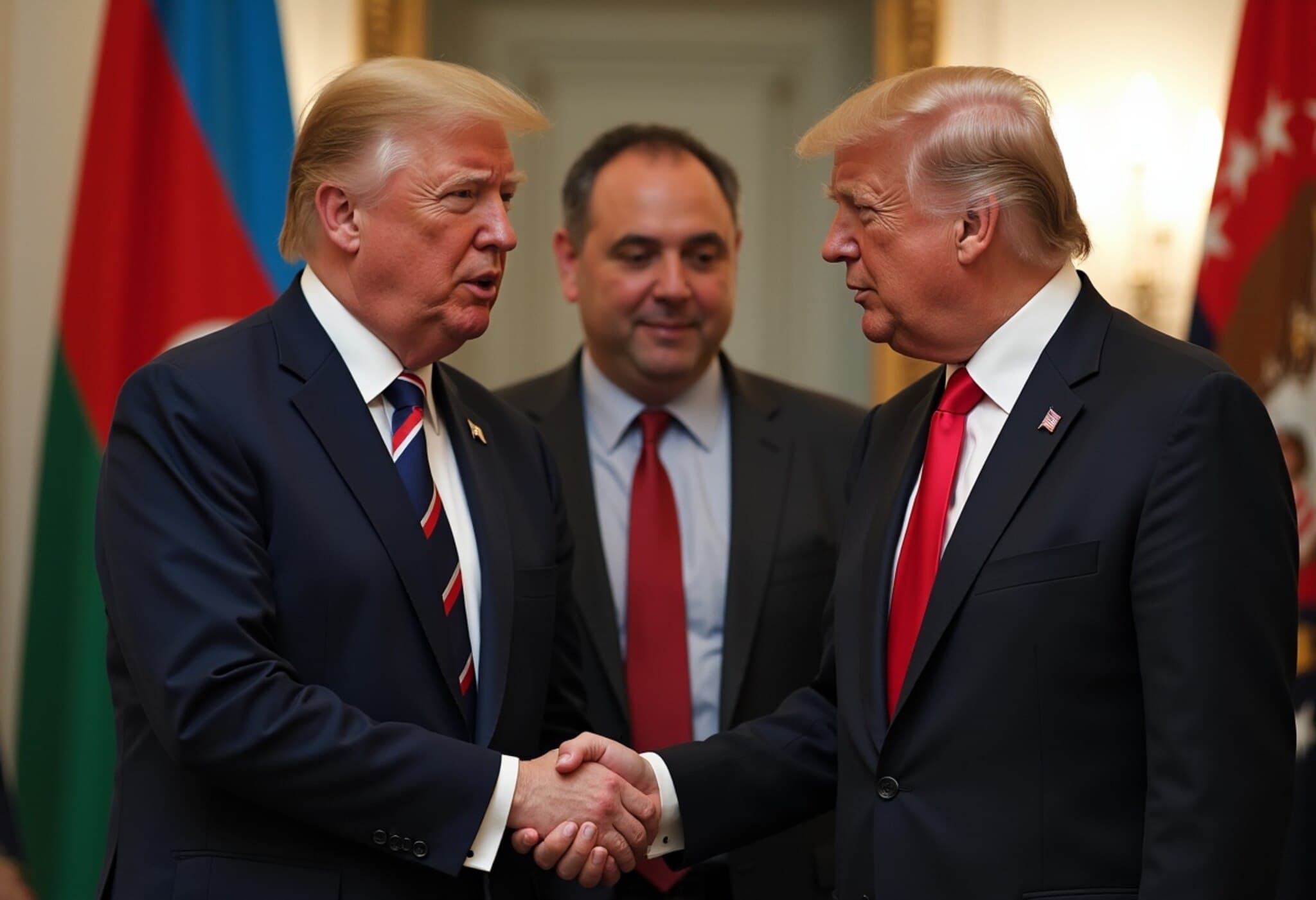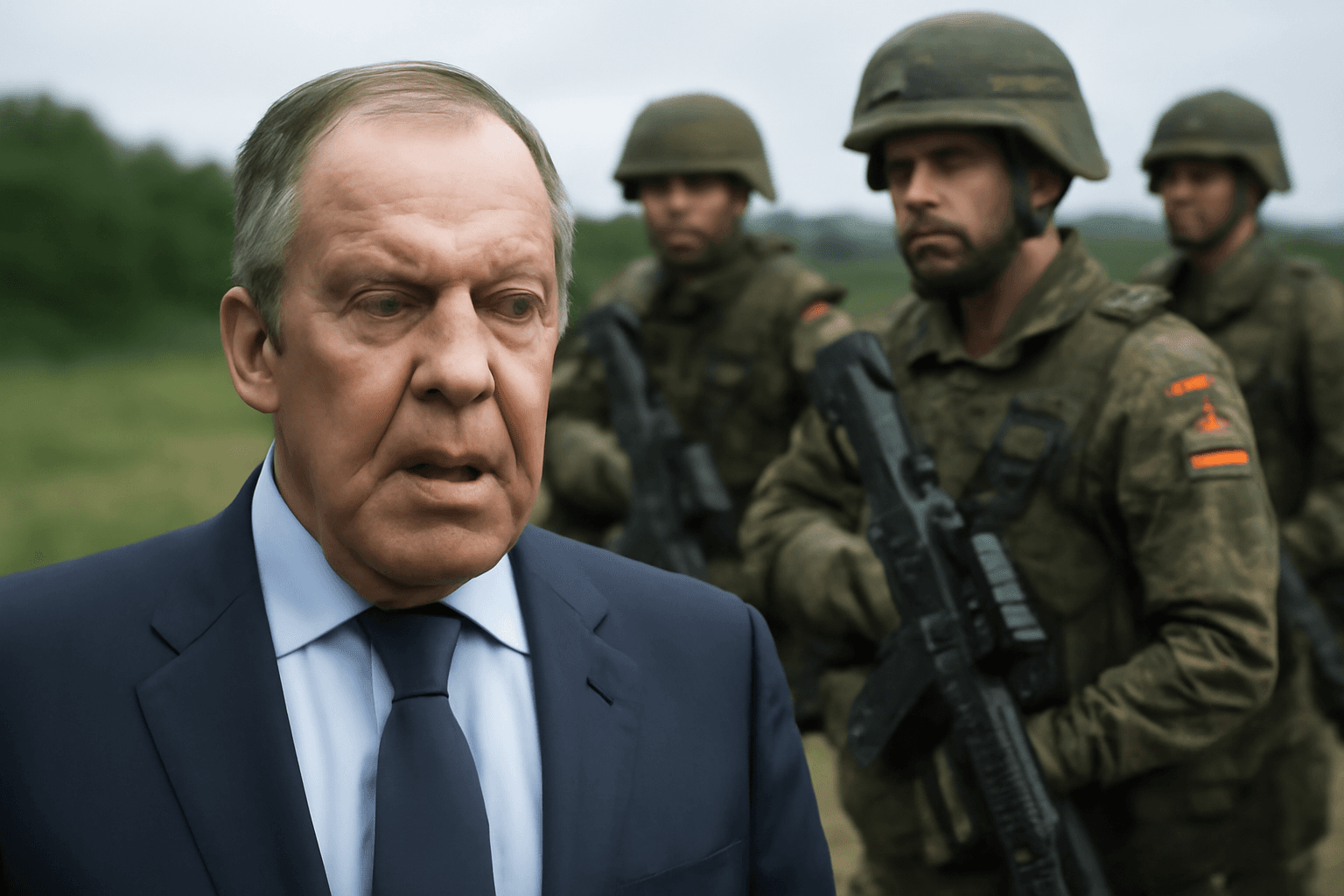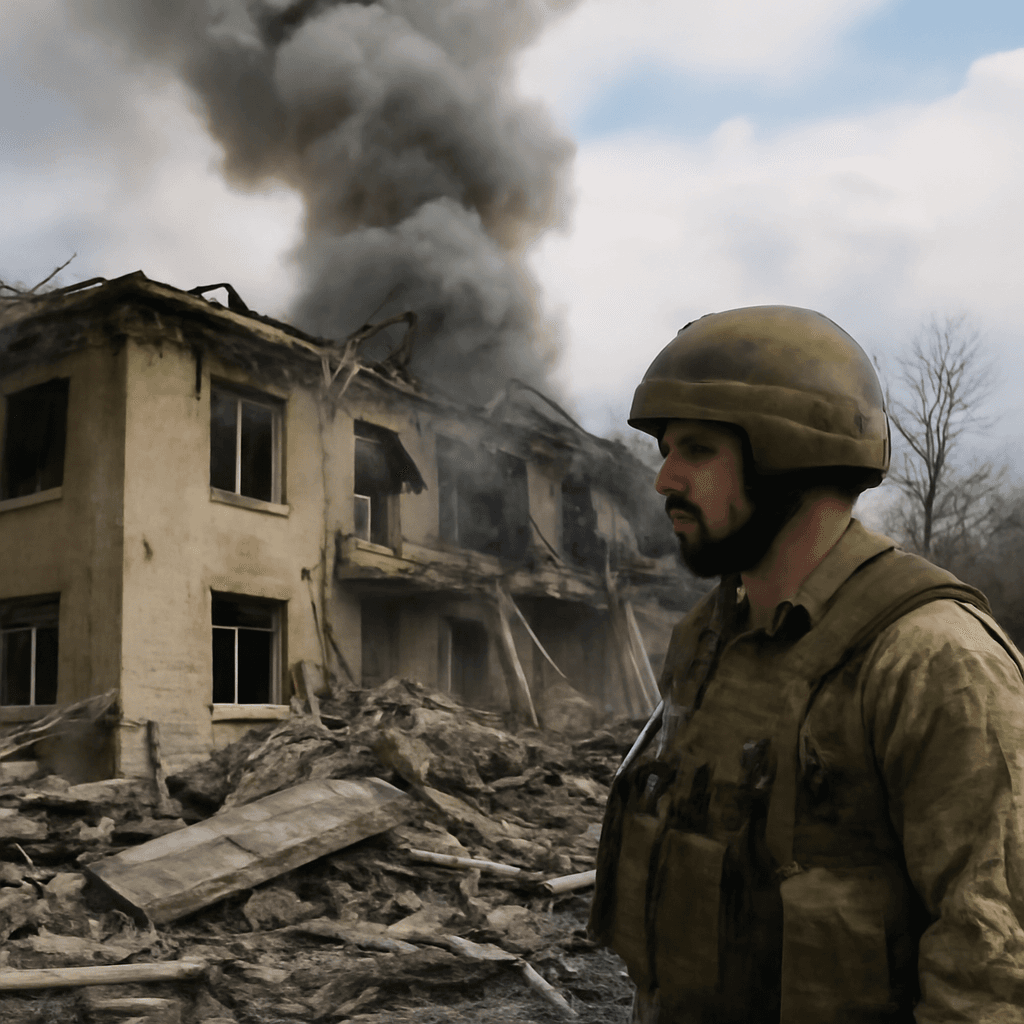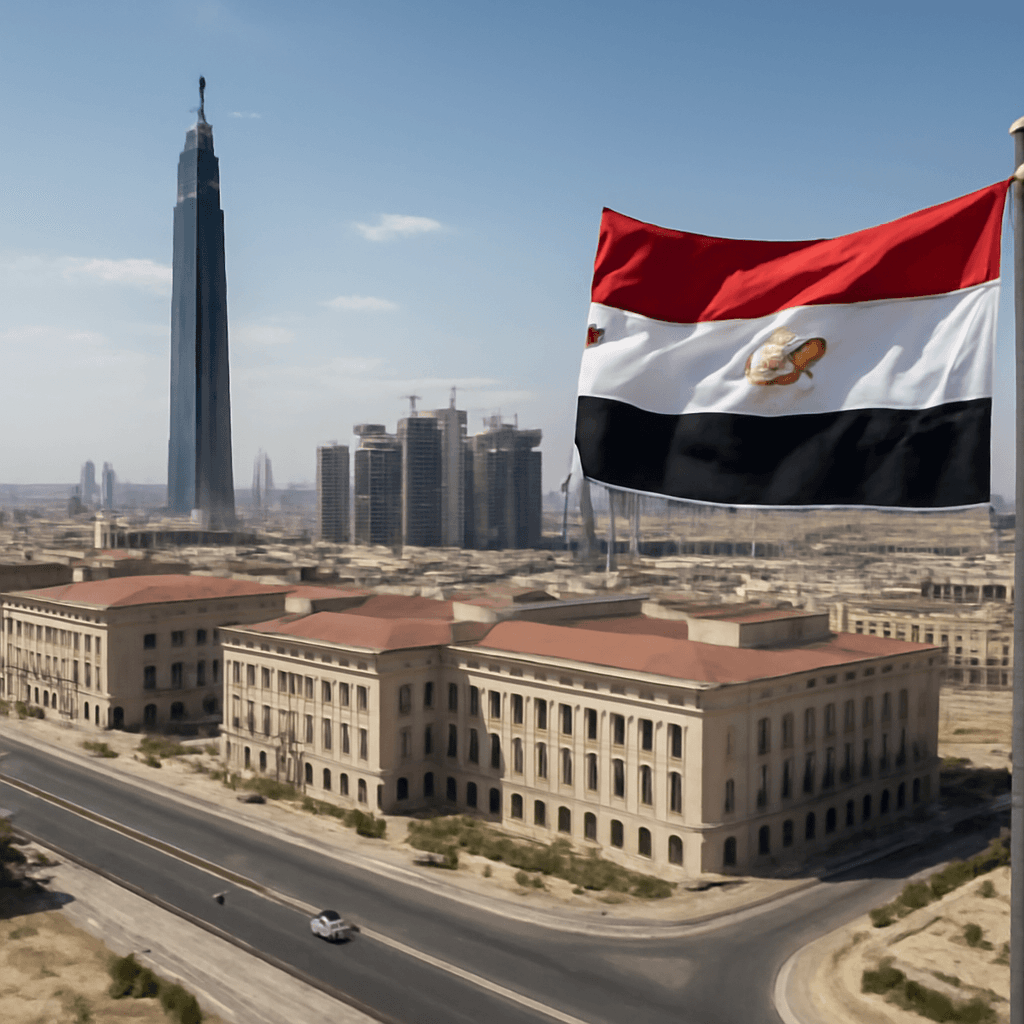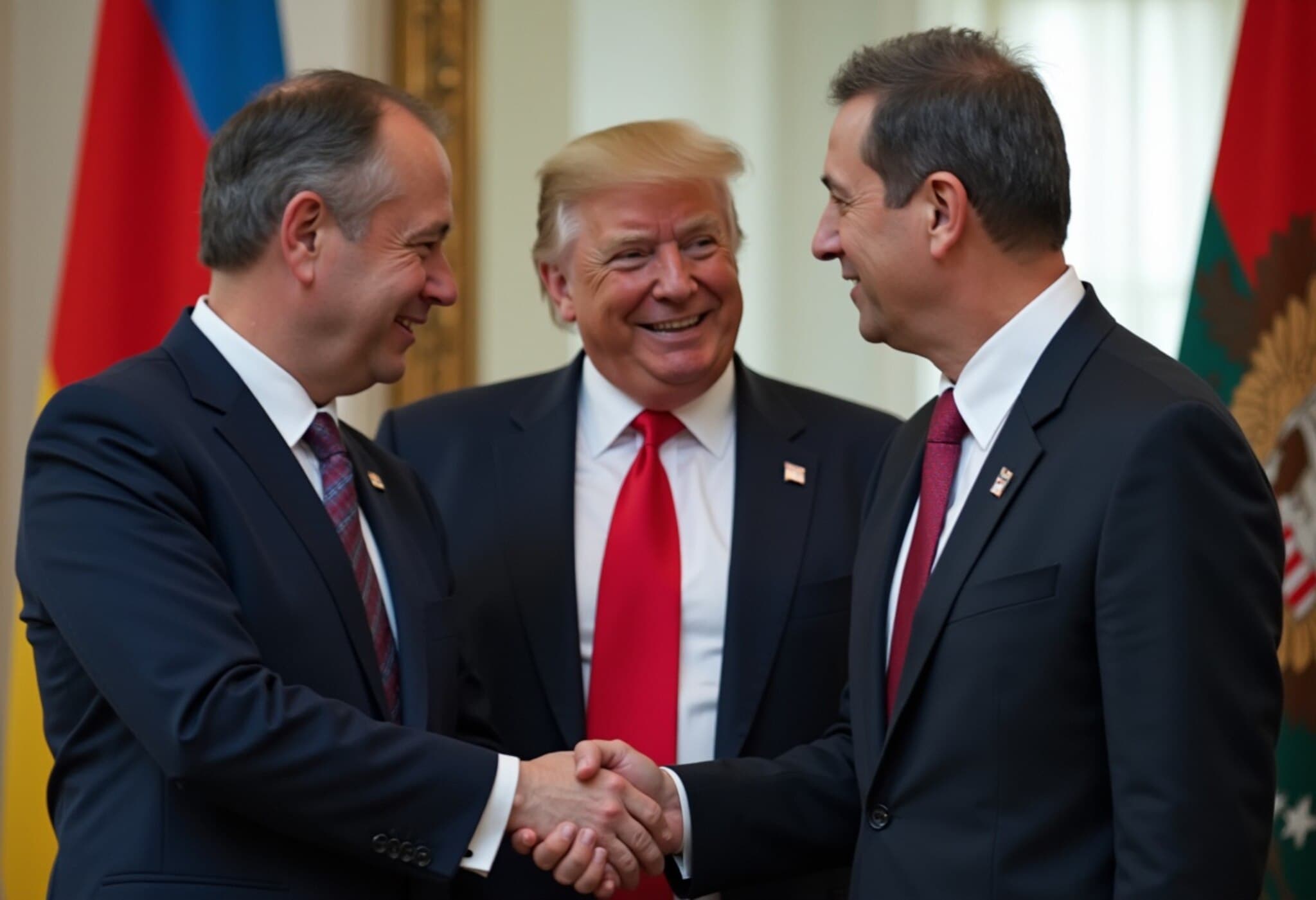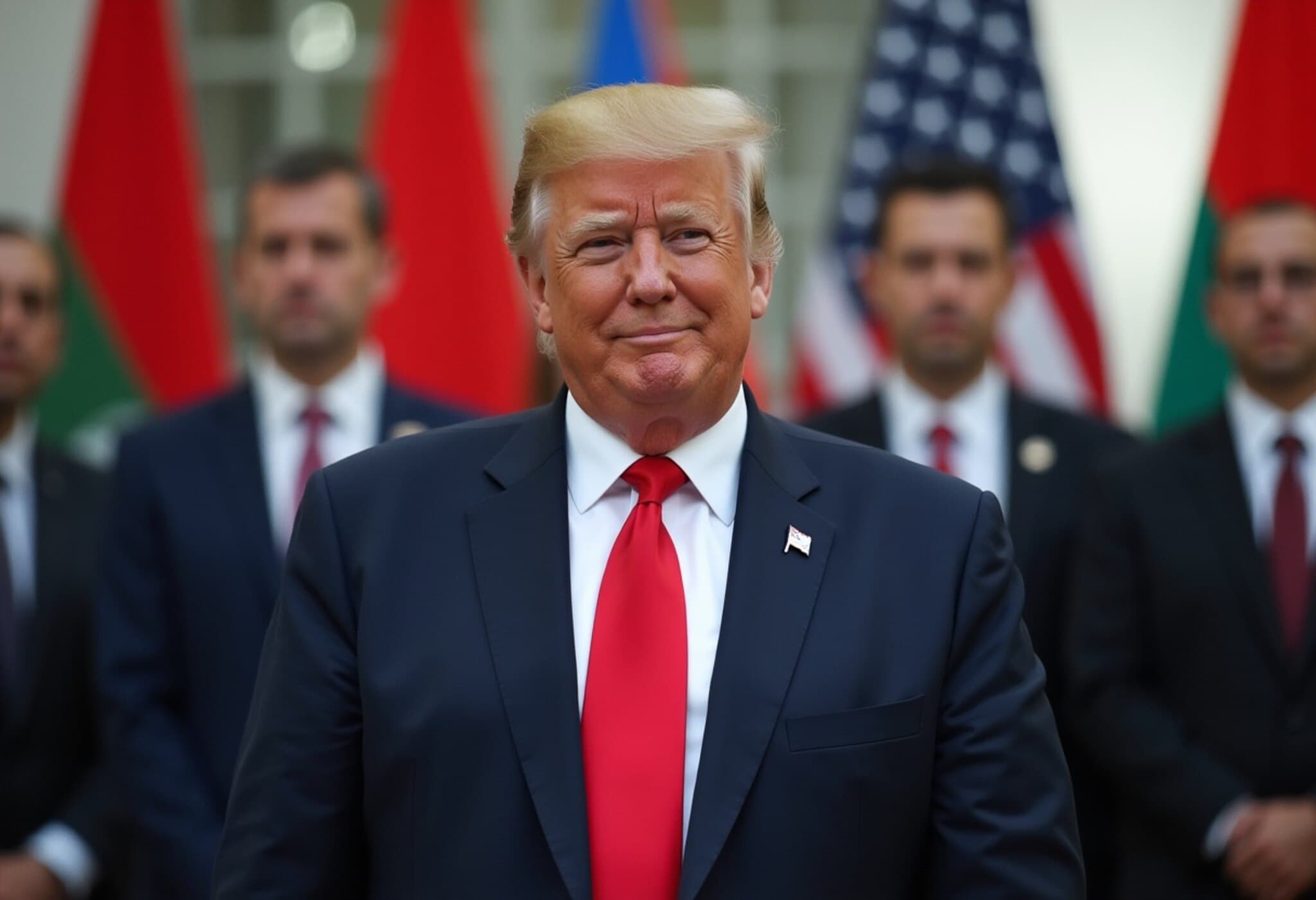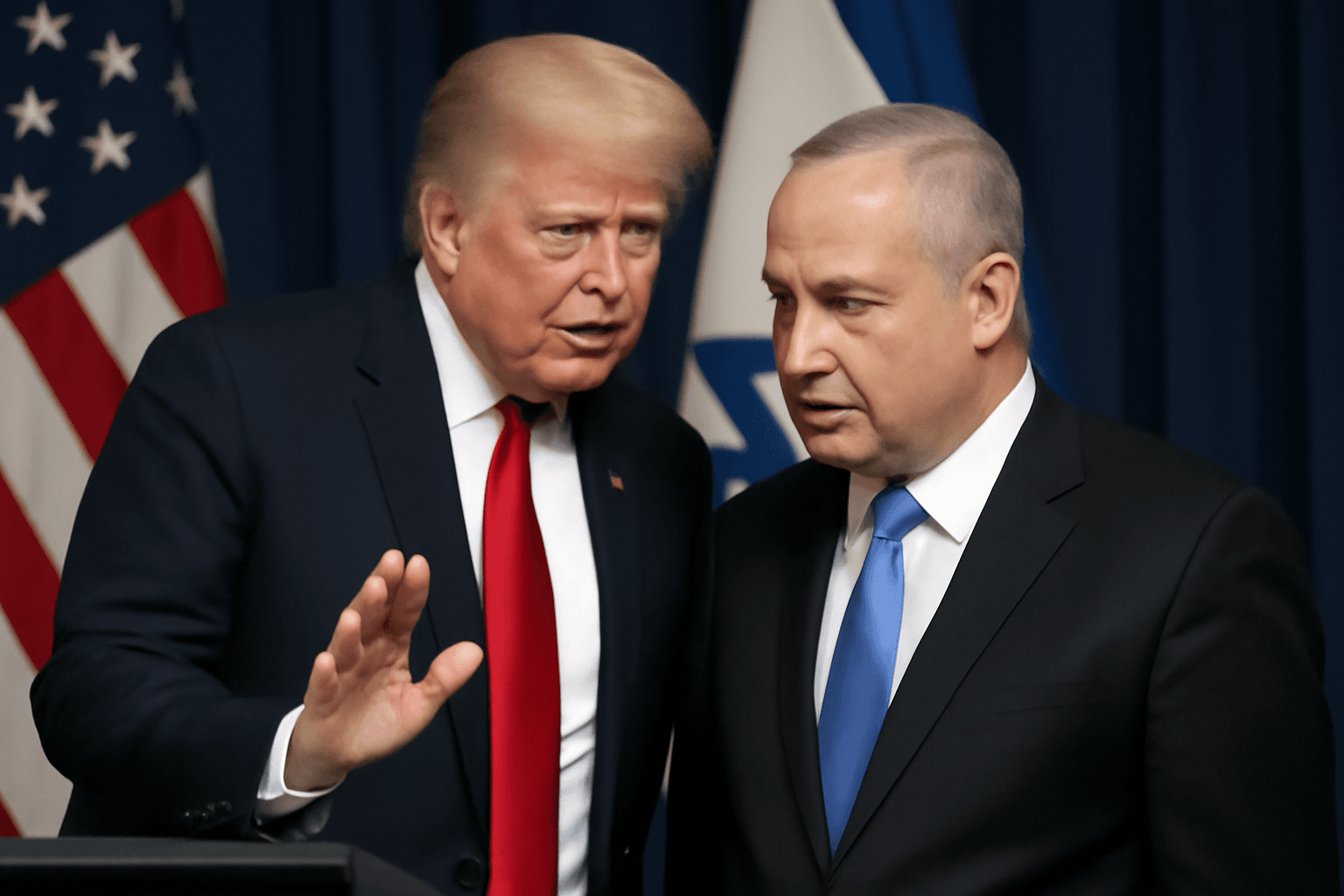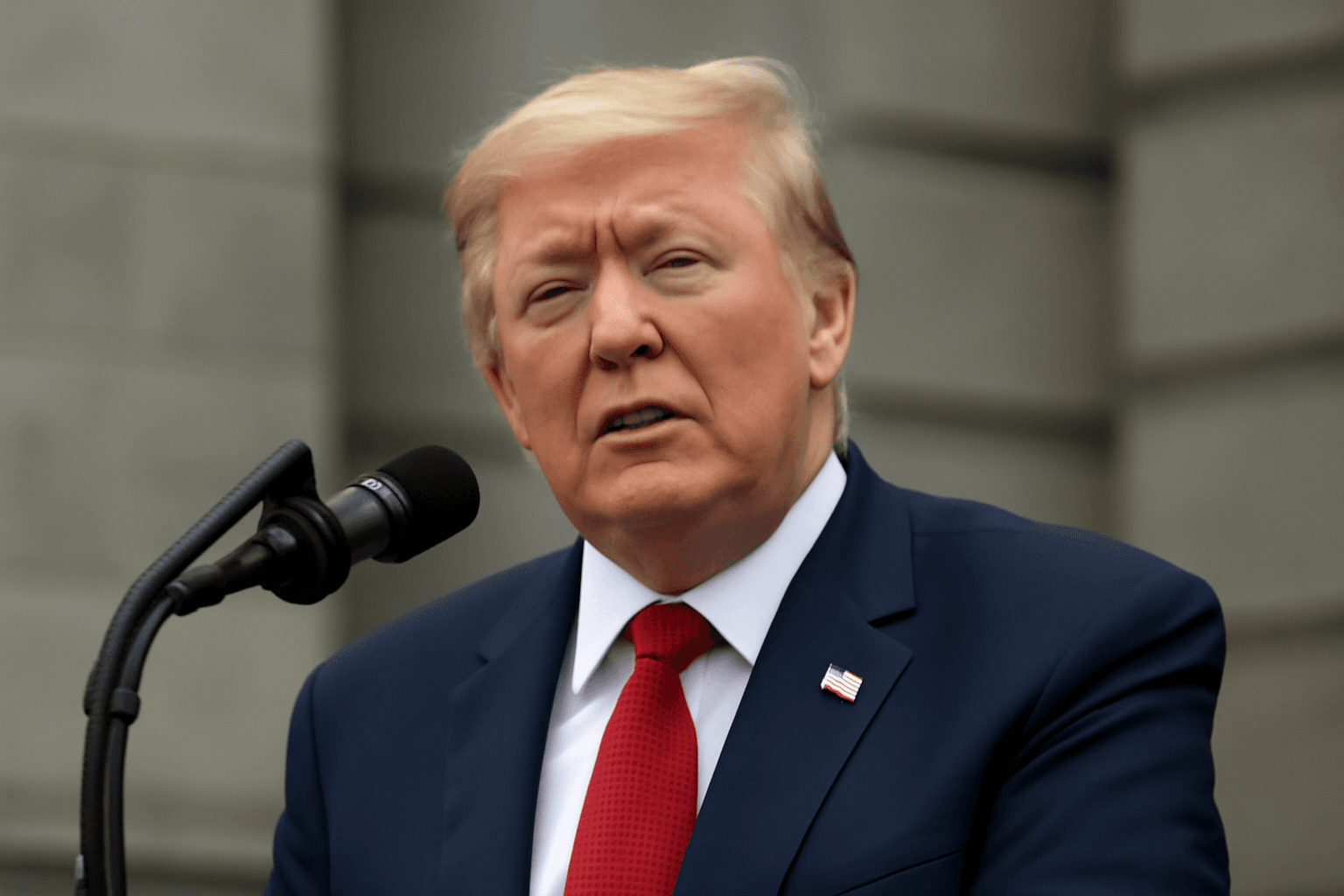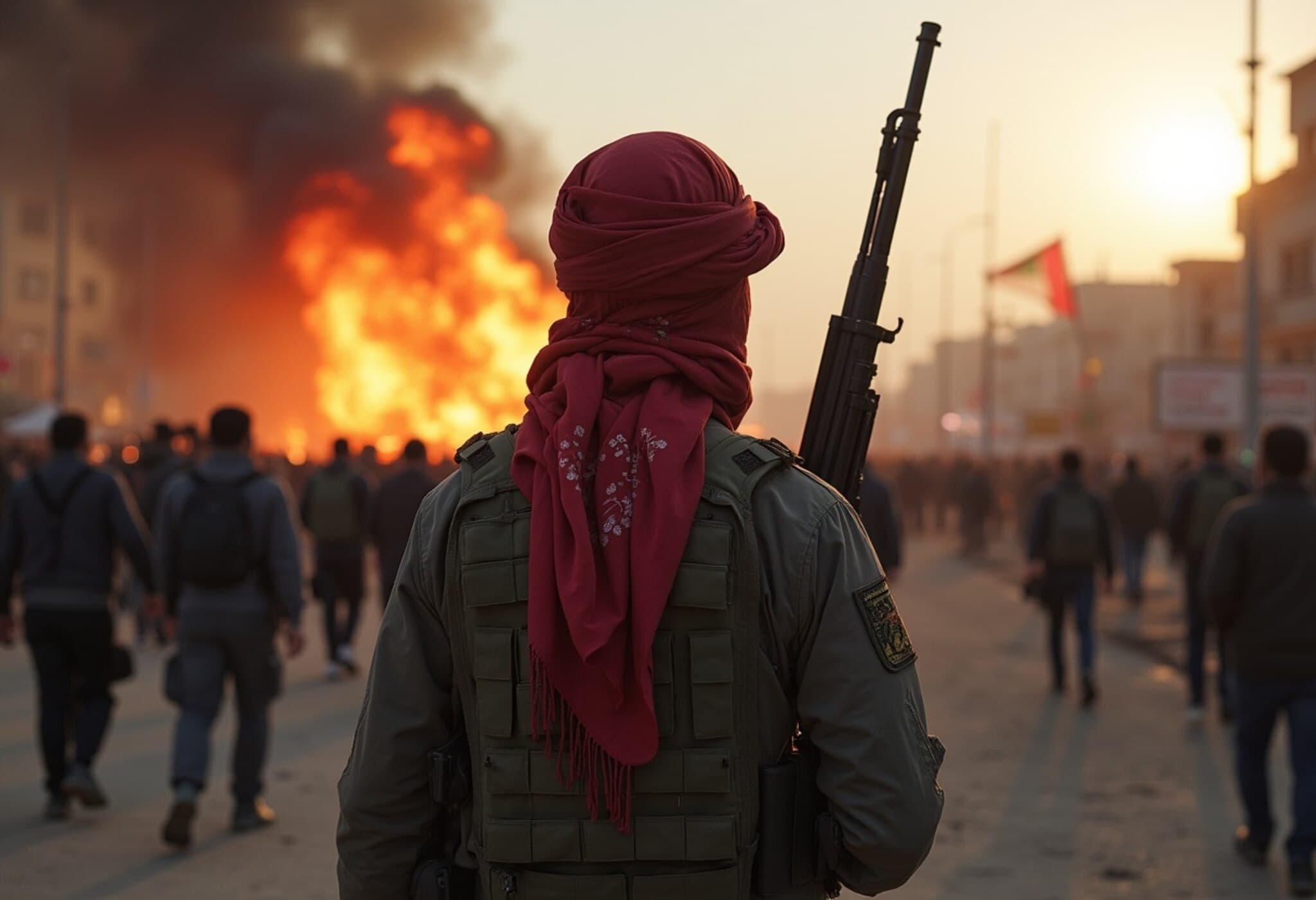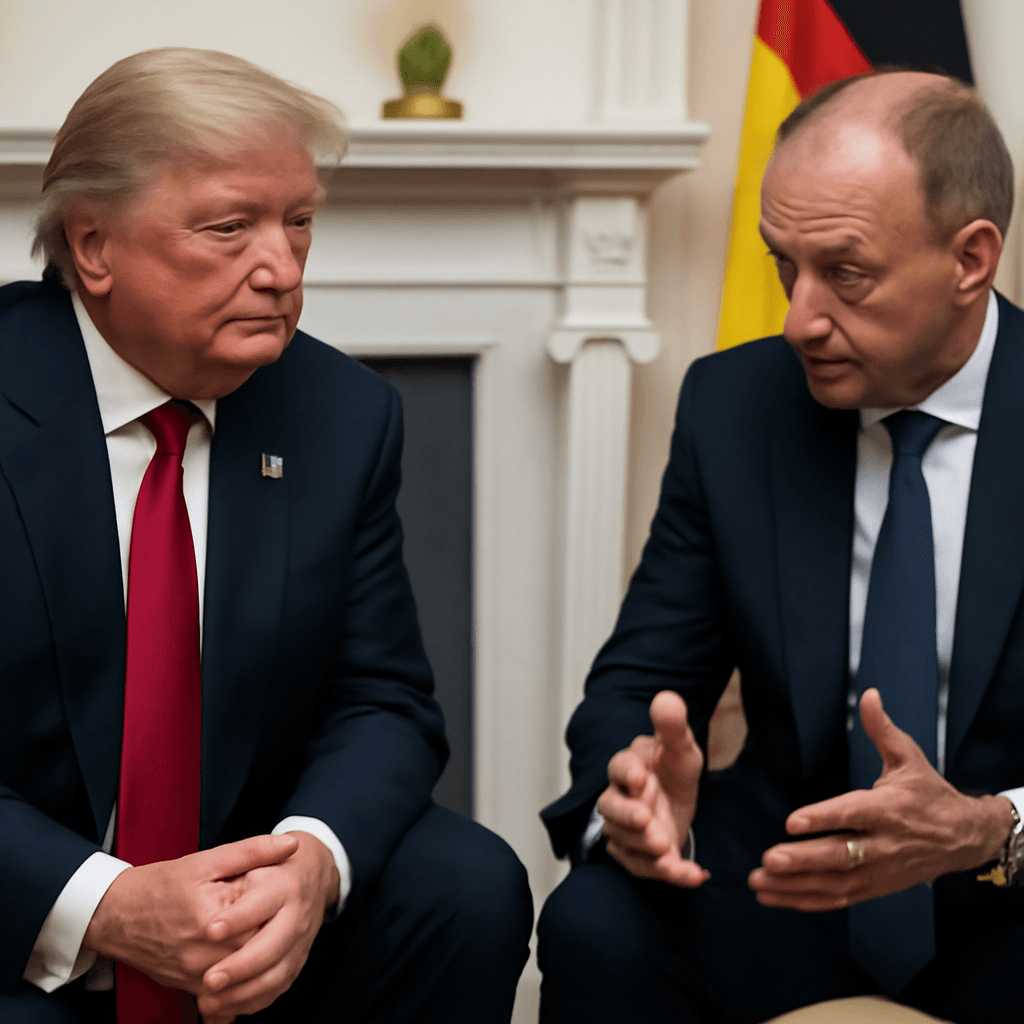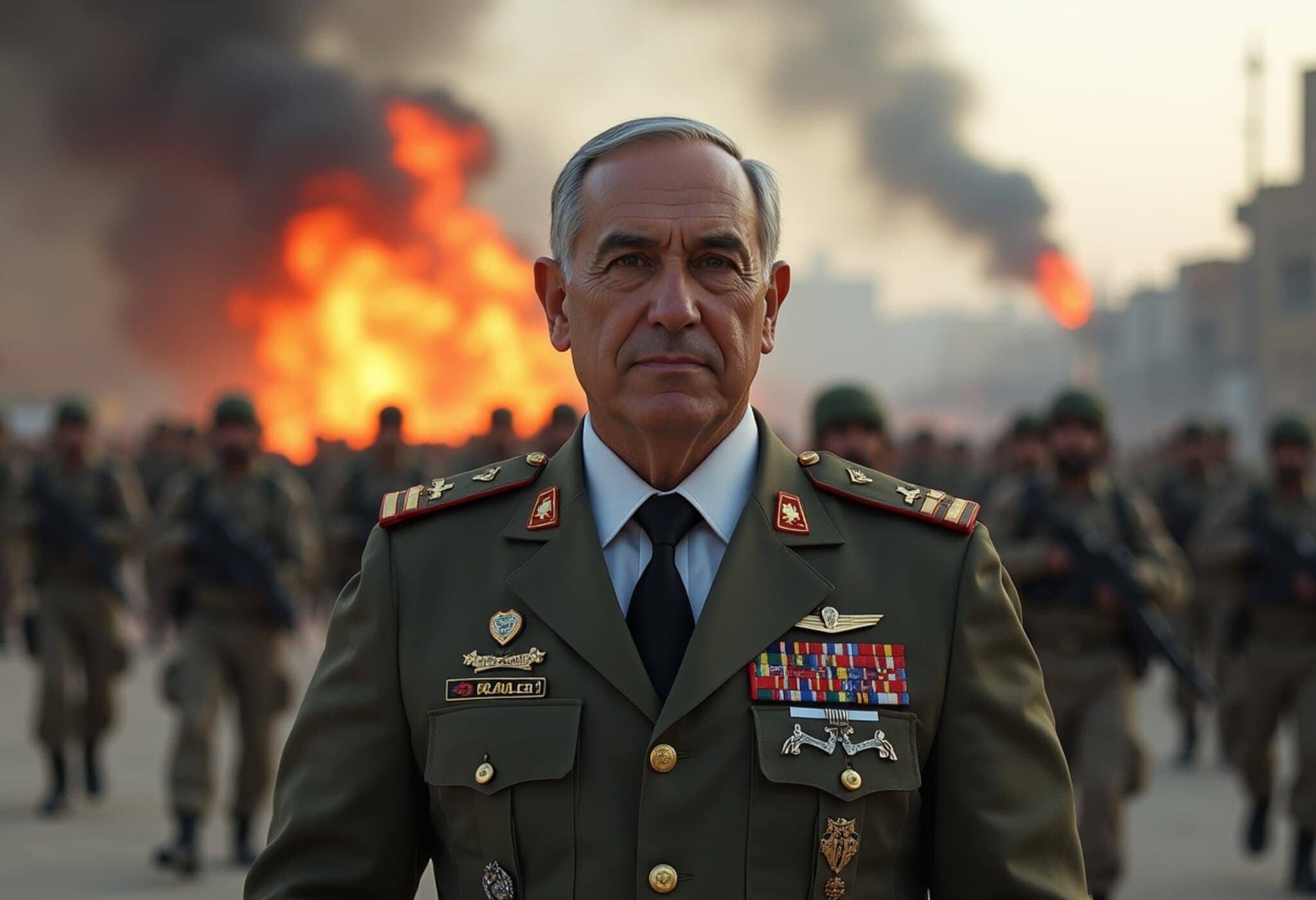Historic Peace Agreement Signed Between Azerbaijan and Armenia at the White House
In a breakthrough moment for the often-turbulent South Caucasus region, Azerbaijan and Armenia formally signed a US-brokered peace agreement on August 8, 2025, under the auspices of President Donald Trump. The signing ceremony held at the White House marked a hopeful turning point, promising to pave the way for normalized relations and enhanced economic cooperation between two nations which have been locked in conflict for over three decades.
Trump’s Diplomatic Milestone in a Region Dominated by Russian Influence
Flanked by Azerbaijani President Ilham Aliyev and Armenian Prime Minister Nikol Pashinyan, Trump heralded the accord as a testament to the resilience and willingness of former adversaries to embrace peace. "It’s been 35 years of conflict. Now, they’re friends. And they’re going to be friends for a long time," he declared.
This agreement stands as a significant diplomatic achievement for the Trump administration, signaling a strategic shift in the South Caucasus—a region traditionally within Russia’s sphere of influence. By fostering bilateral ties and establishing a new transit corridor under US development rights, Washington aims to reshape regional dynamics that have long been marked by geopolitical rivalry and ethnic strife.
Background: Decades of Turmoil and Recent Shifts
The roots of the conflict date back to the late 1980s when the Nagorno-Karabakh region, primarily populated by ethnic Armenians but internationally recognized as part of Azerbaijan, declared independence with Armenian support. This declaration led to a prolonged and bloody conflict culminating in Azerbaijan regaining control over the territory in 2023. The recent peace accord now provides a foundation to transcend past animosities.
Key Components of the Agreement
- Mutual ceasefire and cessation of hostilities.
- Commitments to establish full diplomatic relations.
- Respect for each country’s territorial integrity.
- Exclusive US development rights over a strategic transit corridor linking the South Caucasus.
- Expansion of cooperation on energy, trade, and technology, including AI.
- Lifting of US restrictions on defense cooperation with Azerbaijan.
These provisions suggest a multifaceted approach aimed not only at peacekeeping but also at fostering economic growth and technological collaboration, indicating Washington’s intent to deepen its strategic partnership with the region.
Geopolitical Implications: A New Chapter in the South Caucasus
Experts underscore the potential ripple effects of this agreement, particularly considering Moscow’s historical dominance in the region. Tina Dolbaia, an associate fellow at the Center for Strategic and International Studies, notes, "Russia is bound to feel sidelined by the US-led corridor and American involvement. For Armenians and Azerbaijanis to shake hands and agree on a US-backed transit project is indeed a seismic shift."
Furthermore, the corridor promises to unlock a vital export route for energy resources stretching between Europe, Turkey, and Iran, transforming a region long marred by closed borders and entrenched ethnic divisions.
Addressing Sanctions and Economic Control
Brett Erickson, a sanctions policy expert from Loyola University Chicago, explains that the peace agreement could fill a critical blind spot in Western sanctions enforcement by curbing Russia’s use of the Caucasus as a conduit for evading economic restrictions. "A formal peace gives the West a platform to engage both countries robustly and disrupt evasion pipelines," he says.
However, questions remain regarding which US companies will manage the transit corridor and how Armenians and Azerbaijanis will collaborate on its development. Transparency and equitable economic participation will be essential to sustaining trust between the two sides.
Challenges Ahead: The Fragile Path to Lasting Peace
Despite the historic nature of the agreement, regional specialists caution that Armenia and Azerbaijan’s lengthy history of failed negotiations and intermittent violence poses risks to the deal’s longevity. Olesya Vartanyan, an independent regional analyst, emphasizes, "Without sustained US involvement and international support, this fragile progress could stall, potentially reigniting tensions."
Moreover, concerns about human rights issues persist. Freedom Now, a Washington-based rights organization, has called on the Trump administration to leverage this historic moment to advocate for the release of approximately 375 political prisoners in Azerbaijan, highlighting the intersection of peace-making with human rights advocacy.
Trump’s Broader Vision for Global Peace
This accord complements President Trump’s broader narrative as a peacemaker during his second term, following diplomatic efforts to de-escalate conflicts in regions such as Cambodia-Thailand, Rwanda-Democratic Republic of Congo, and between Pakistan and India. While notable conflicts like Russia’s war in Ukraine and the Israel-Hamas hostilities remain unresolved, Trump has signaled ongoing engagement, announcing plans to meet Russian President Vladimir Putin in Alaska to pursue an end to the war.
Looking Forward: What This Means for American Foreign Policy
By mediating this peace deal, the United States asserts a renewed strategic presence in a geopolitically sensitive area, challenging the dominance of Russia and signaling a willingness to engage in complex regional diplomacy. The so-called "Trump Route for International Peace and Prosperity" could serve as a blueprint for how economic integration and security cooperation might cement stability in other frozen conflicts within Russia’s periphery and beyond.
Editor’s Note
The signing of this peace agreement between Azerbaijan and Armenia represents more than just an end to decades of enmity—it embodies a strategic recalibration in the South Caucasus with far-reaching geopolitical consequences. Yet, the success of this accord hinges on continued and conscientious international engagement, transparent management of economic projects, and robust human rights advocacy. Observers and policymakers must now watch closely as these nations navigate the delicate path from conflict to sustained peace.

